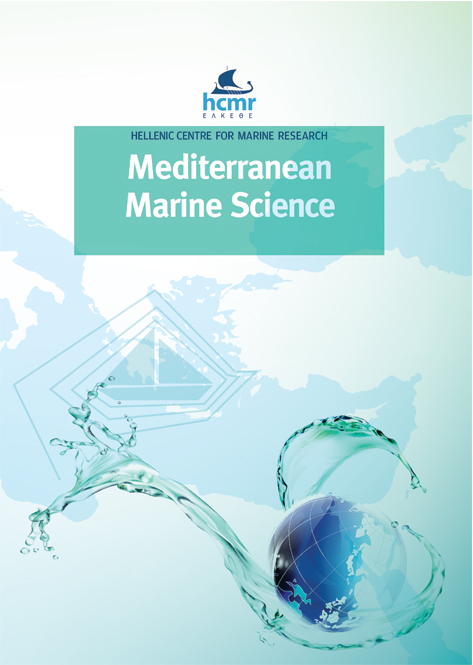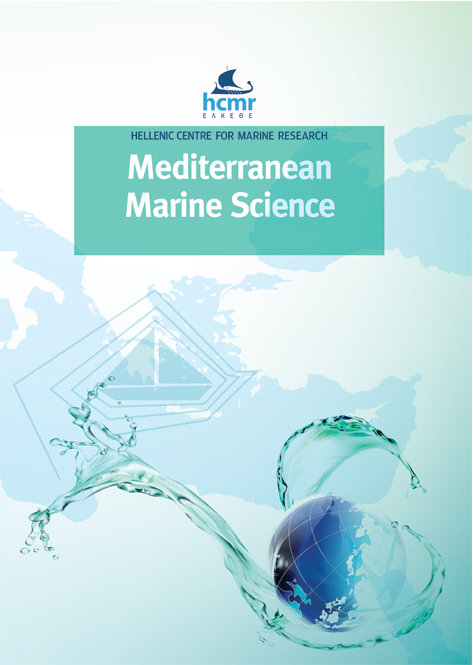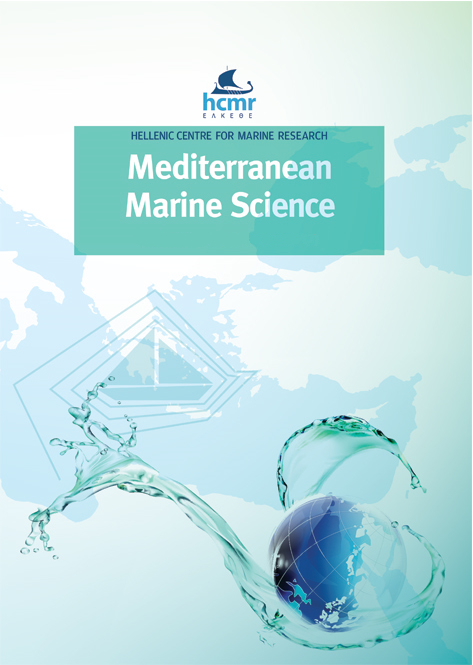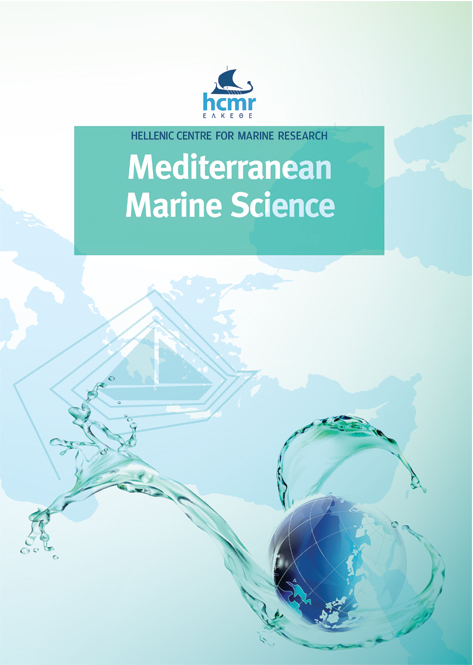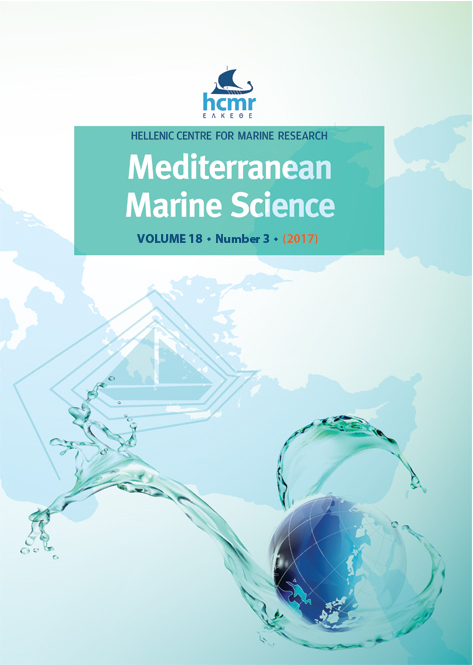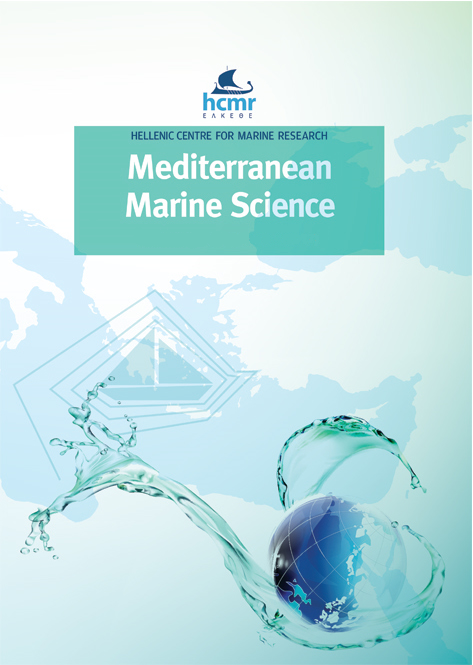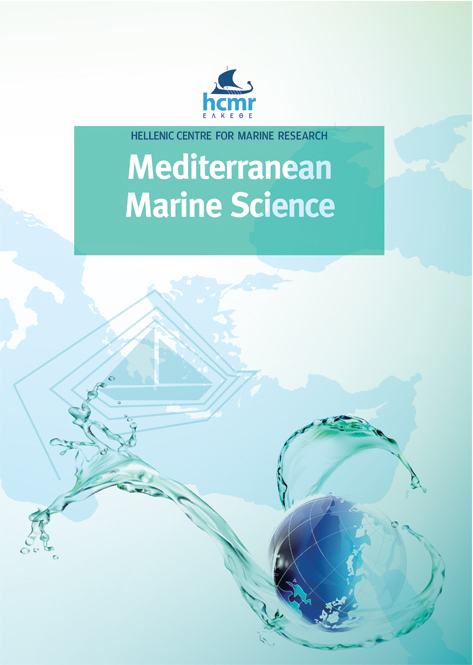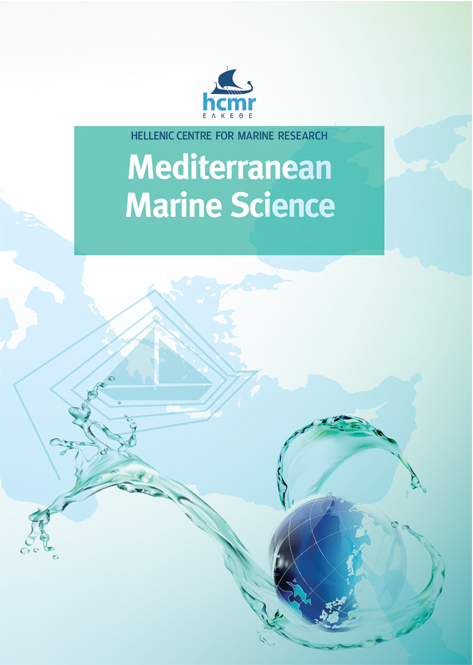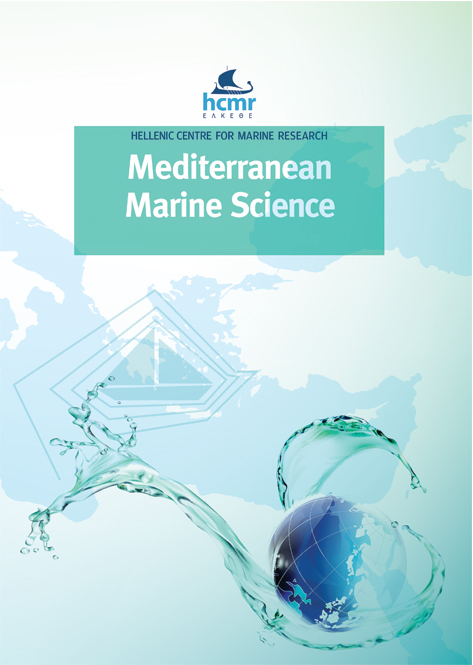Can Marine Animal Forests benefit from existing conservation measures? A systematic approach towards the identification of protected sessile benthic species in the Mediterranean Sea
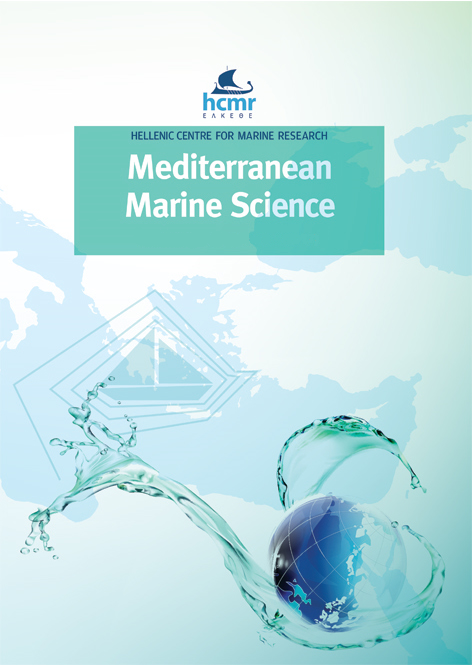
Abstract
Some marine benthic invertebrates increase the structural complexity of the seabed, thereby providing suitable habitats to several associated species, resulting in biodiversity hotspots. Marine Animal Forests (MAFs) encompass a set of the most important marine benthic habitats into which diversified sessile suspension feeders like sponges, corals, sea pens, tube worms, bivalves, bryozoans and ascidians occur. Such a mix of sessile species brings characteristic assemblages and supports important ecosystem functions. In the last decades, some species which form MAFs have been the object of international conventions, EU directives, and national policies aiming to address natural and human-induced disturbances. Effective conservation, monitoring, and restoration actions require summarizing the available information to include MAFs in conservation plans. In the present work, the main international policies for the protection of coastal and marine fauna were screened in order to provide a list of protected species which form Mediterranean MAFs. These international normative documents include the Convention on International Trade in Endangered Species of Wild Fauna and Flora (CITES), the Convention on the Conservation of European Wildlife and Habitats (Bern Convention), the European Habitats Directive, and the Protocol concerning Specially Protected Areas and Biological Diversity in the Mediterranean (SPA/BD Protocol) of the Barcelona Convention. The analysis of the normative items revealed that 62 Mediterranean potential MAF forming species have been included in one or more legal annexes as protected species. These species belong to different phyla, including Porifera, Cnidaria, Bryozoa and Mollusca. A wider view was proposed by the International Union for Conservation of Nature (IUCN), setting the bases of a legal acknowledgement of the MAFs as one of the largest biomes on Earth. This study represents a first step to obtain a baseline of MAF legal protection framework in order to support the further implementation of management measures aimed at increasing the effective protection of MAFs. Reporting the status of the Mediterranean MAF species that should be considered in management plans and conservation measures will be crucial for policymakers, as well as for mitigating current and future impacts on these distinctive marine environments.
Article Details
- How to Cite
-
RIZZO, L., VEGA FERNÁNDEZ, T., NECCI, F., GRELAUD, M., ZIVERI, P., GEROVASILEIOU, V., & ROSSI, S. (2025). Can Marine Animal Forests benefit from existing conservation measures? A systematic approach towards the identification of protected sessile benthic species in the Mediterranean Sea. Mediterranean Marine Science, 26(2), 327–340. https://doi.org/10.12681/mms.38550
- Section
- Review Article
Authors who publish with this journal agree to the following terms:
- Authors retain copyright and grant the journal right of first publication with the work simultaneously licensed under a Creative Commons Attribution Non-Commercial License that allows others to share the work with an acknowledgement of the work's authorship and initial publication in this journal.
- Authors are able to enter into separate, additional contractual arrangements for the non-exclusive distribution of the journal's published version of the work (e.g. post it to an institutional repository or publish it in a book), with an acknowledgement of its initial publication in this journal.
- Authors are permitted and encouraged to post their work online (preferably in institutional repositories or on their website) prior to and during the submission process, as it can lead to productive exchanges, as well as earlier and greater citation of published work (See The Effect of Open Access).





